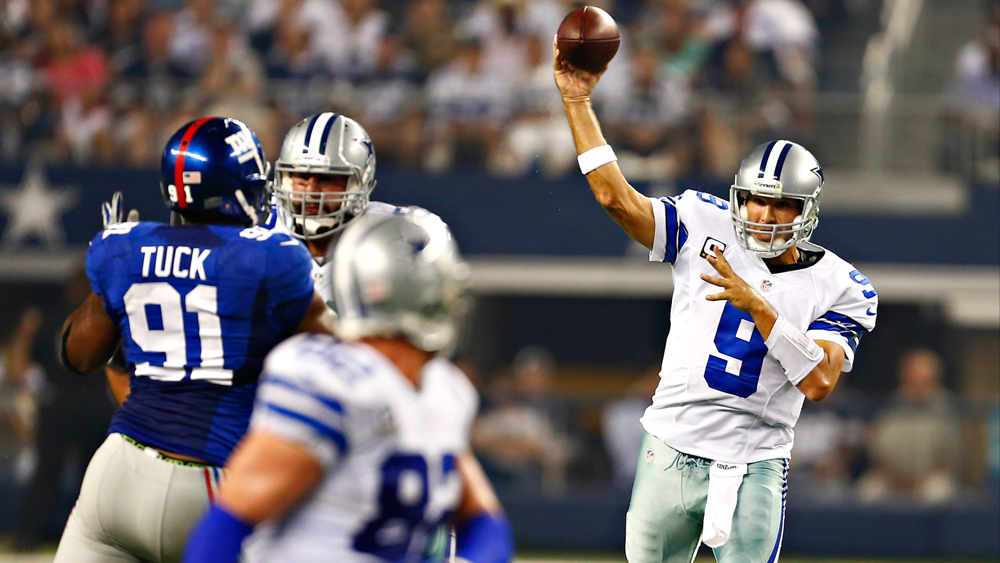SportsNet New York Introduces Streaming Service For Mets Games
In a move that aligns with a growing tendency within professional sports, SportsNet New York, the primary broadcaster for the Mets, has unveiled a new streaming service. This service will offer fans the opportunity to tune into games, thereby providing an alternative to traditional broadcast media. The introduction of such a digital platform is seen as a step towards addressing a significant issue that has been troubling fans for years: the annoyance of blackouts.
The Major League Baseball Commissioner welcomed this initiative, emphasizing the importance of giving fans a choice. It matters little whether the online platform is always the most favorable alternative. The mere existence of a viable alternative to access broadcasts is deemed crucial.
The innovative streaming service from SportsNet New York is not an isolated instance. In fact, it’s the ninth platform of its kind to be launched this year, focused on in-market streaming. The sphere of teams accessible sans a cable TV bundle encompasses over two-thirds of the league, and this number shows promise of swelling even further as the season continues.
This shift towards a direct-to-customer paradigm is not devoid of its business consequences. Cable and satellite providers, in the face of continually dwindling subscribers, have responded by reducing their payments to Regional Sports Networks (RSNs). The slide in compensation from these companies means RSNs, along with their associated teams and leagues, are finding it increasingly challenging to sustain their audience base.
In this evolving landscape, the potential of streaming platforms is being hailed as the direction sports broadcasting and television might need to follow in the future. While contributing to conventional broadcasting modalities, streaming could potentially bolster the revenue streams of broadcasters.
Despite these promising prospects, the hard truth is that today’s regional sports networks, notwithstanding the size of the market they operate in, are unable to solely rely on streaming revenue. This situation gives rise to an unforeseen benefit – more avenues for fans to bypass the vexing blackouts.
In the world of sports broadcasting, ‘blackouts’ pertain to a few different circumstances, their specific nature may change, but the result remains a constant. They lead to aggravated fans who are unable to enjoy their favorite game, often due to excessive costs and efforts associated with accessing the broadcast.
A potential solution to this predicament is the development of fresh, league-wide packages designed specifically for leading streaming services. Such a setup, carried by a popular streaming company, could potentially offer a blackout-free experience. This, however, comes with the caveat that fans would be required to foot the bill for these services.
In spite of possible challenges with regional sports networks, a consensus exists that the demand for local broadcasts will never entirely dwindle. This raises pertinent questions about the involvement of larger-market teams, given the substantial value of their television rights.
Any plan to offer a national package would necessitate the involvement of these big-market teams, adding another layer of complexity. Furthermore, existing contracts, most of which extend beyond 2030, may pose hurdles to any significant shake-ups in the current broadcasting schema.

